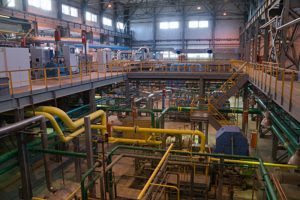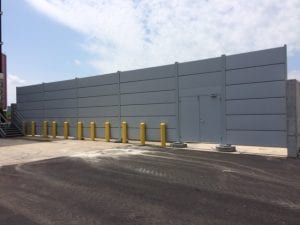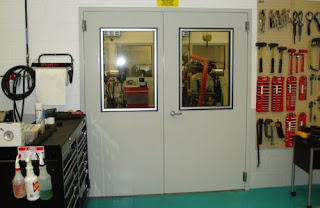What is sound isolation?
Sound isolation is the technique by which a room is separated from outside and generally undesired noise. To accomplish this, a good understanding of how sound travels is necessary. Most people realize that that sound travels through air; we know this intuitively as we can hear people when they are talking and we can shout to them when they are far away. It is an easy concept to handle noise present in the air.
Air borne sound
Generally, an acoustic solution should handle these problematic areas. Basically, it is an easy solution. Only two things can stop sound, and they are mass and space. Mass is necessary to stop the airborne sound but as solid objects also carry sound, to turn it into structure borne sound, you also have to introduce air space with aluminium wall panels. This brings in common noise isolation methods, where you have a layer of materials followed by an air gap and then another layer of the material.
Noise reduction or absorption
One of the main areas of intricacy is how different substances interact with sound. A solid object may either reduce or absorb noise. Noise reduction implies blocking or deflection of sound energy. The best materials to accomplish this are massive, rigid and high density products. Then again, tender and less dense materials conveniently transmit transformer sound and are not suitable for deflecting or blocking noise.
Nonetheless, these tender substances are frequently more efficient in absorbing sound as in the case of sound reducing panels. Low density and tender substances, like foam, are incredible in absorbing sound and can therefore be used to neutralise high frequency sounds. Sounds of various frequencies can be handled more efficiently either by absorption or deflection and these attributes should be considered while designing the noise isolation products.




Comments
Post a Comment